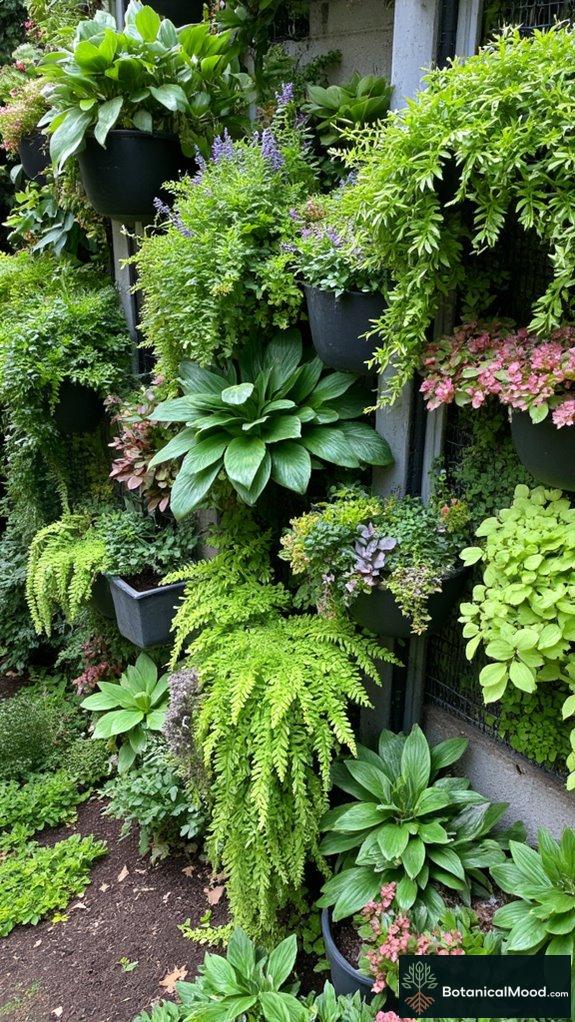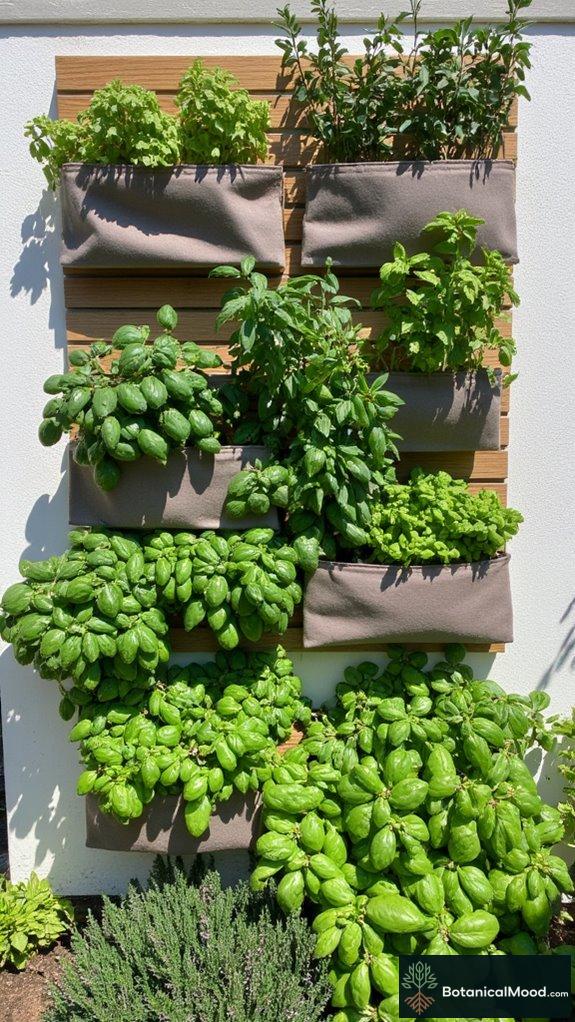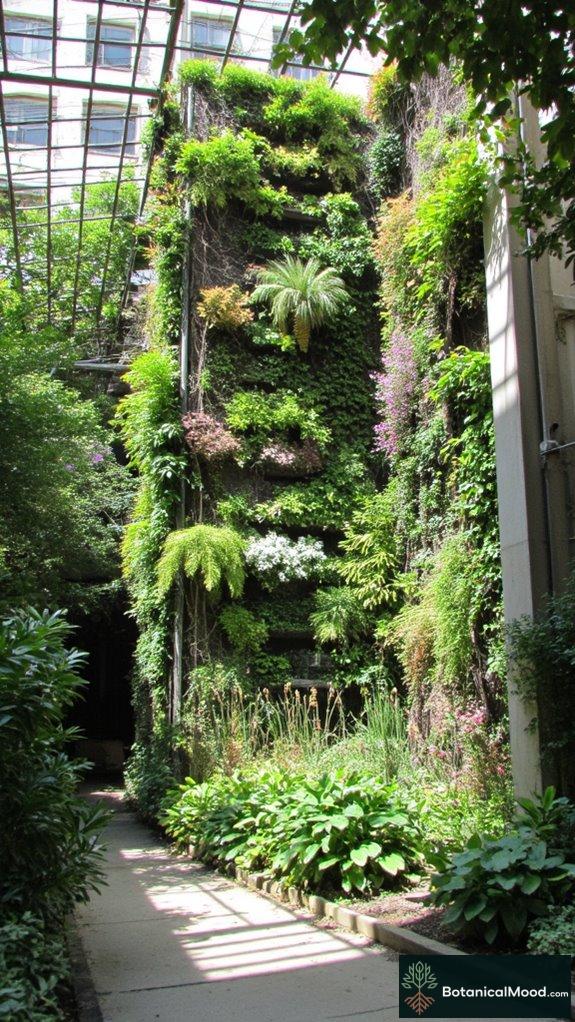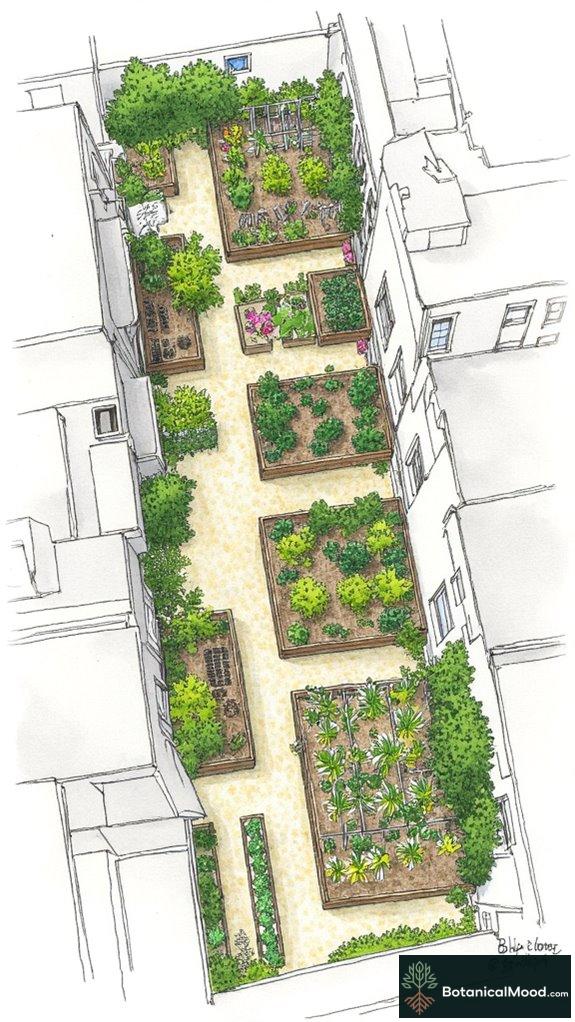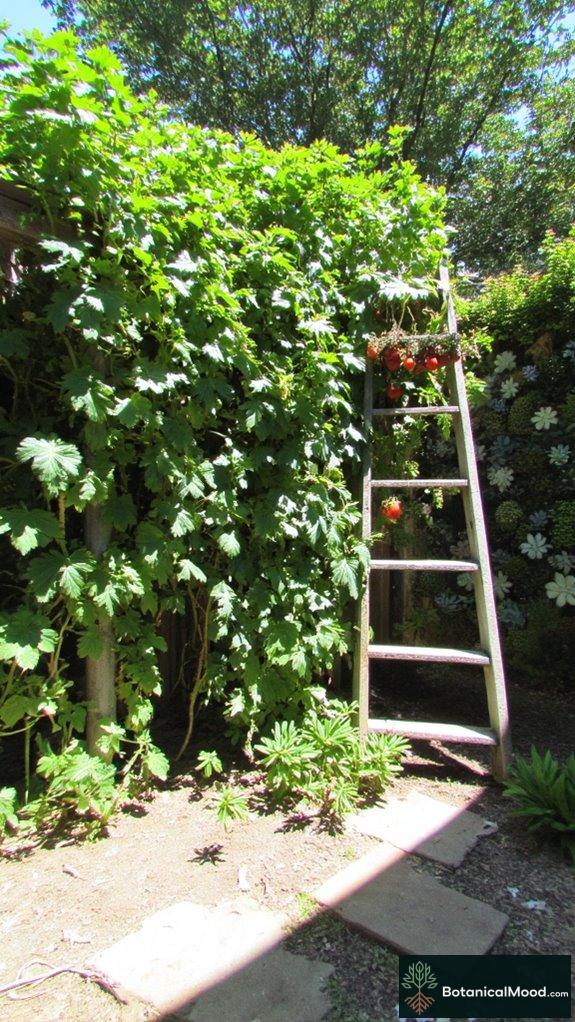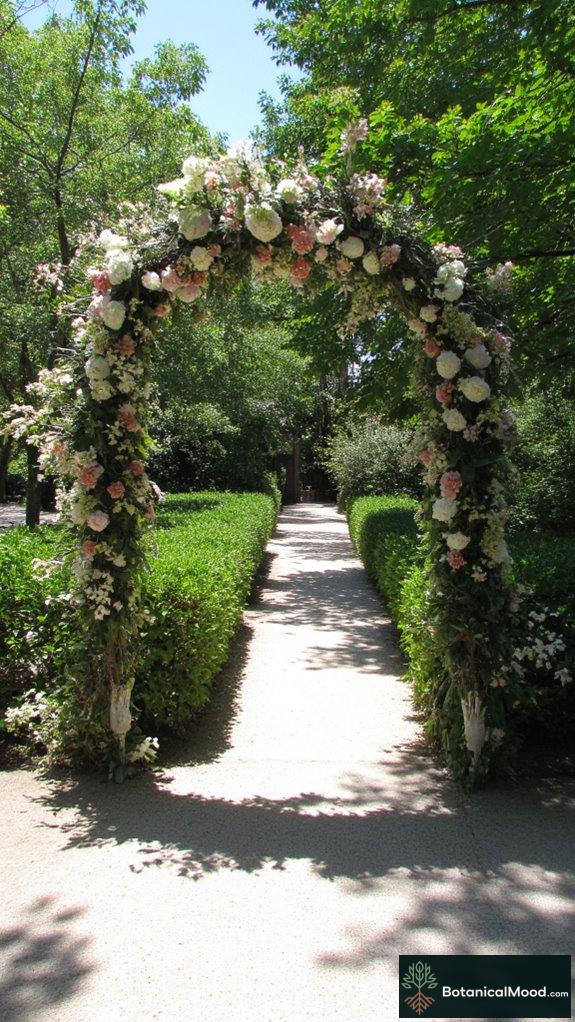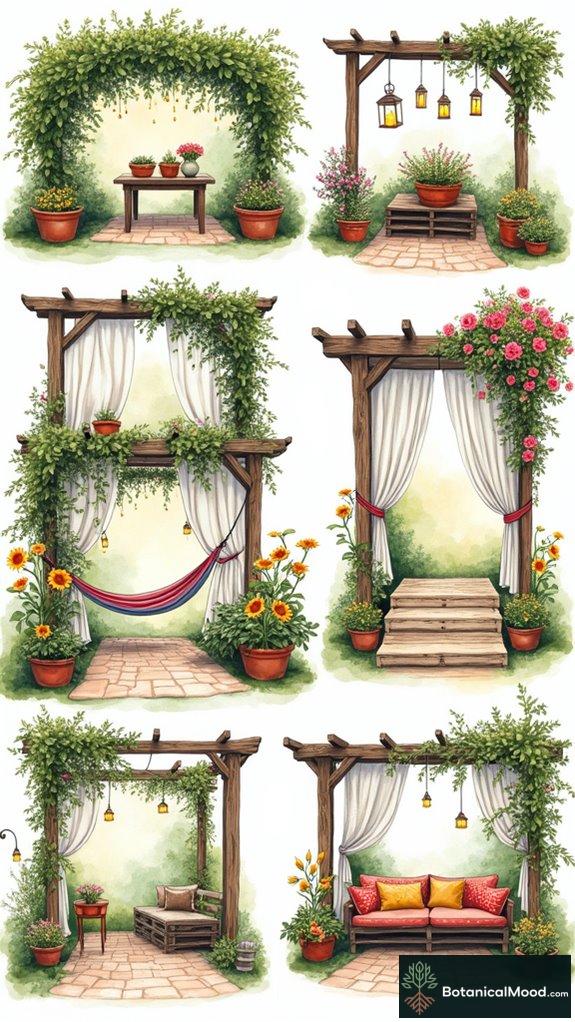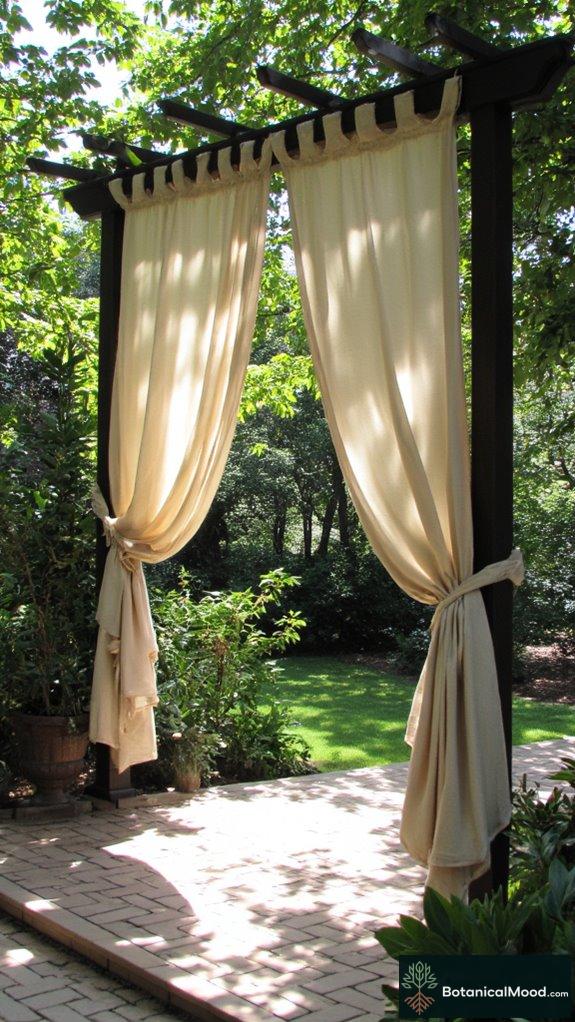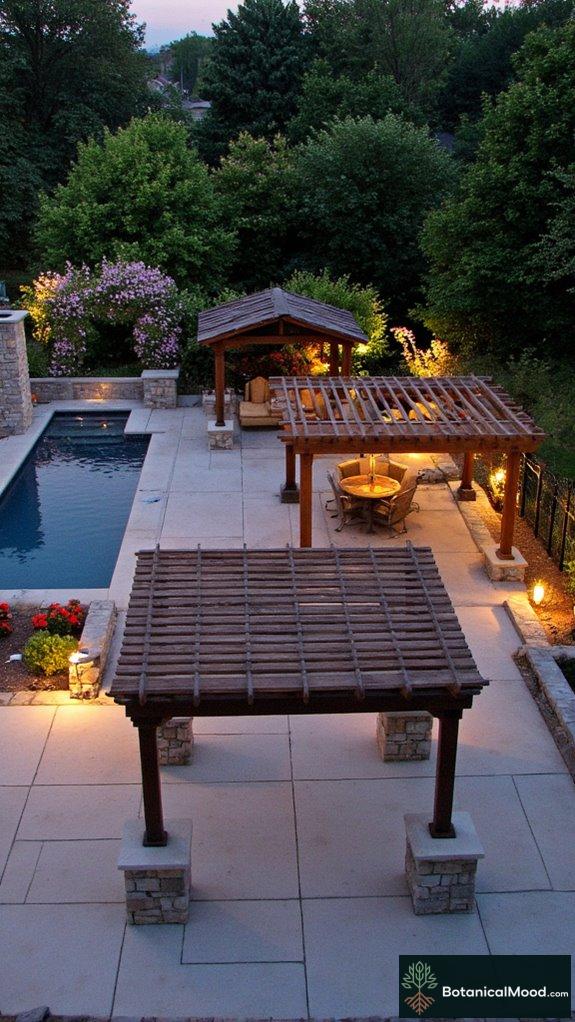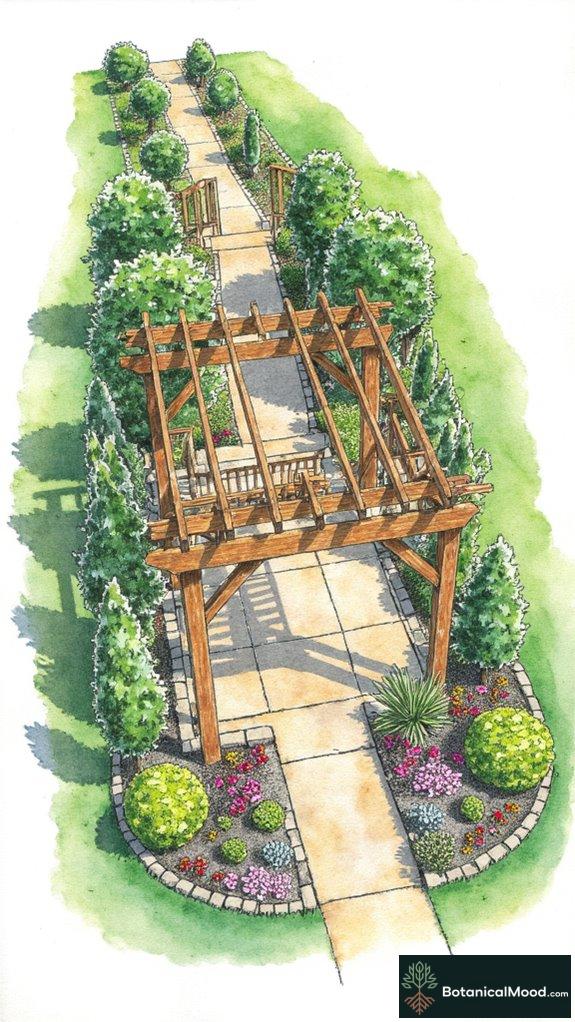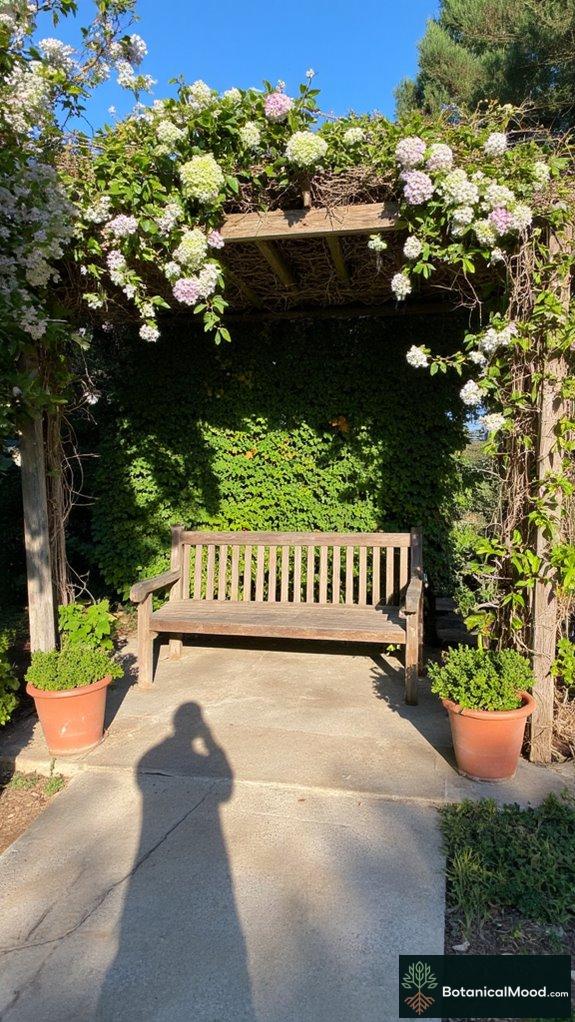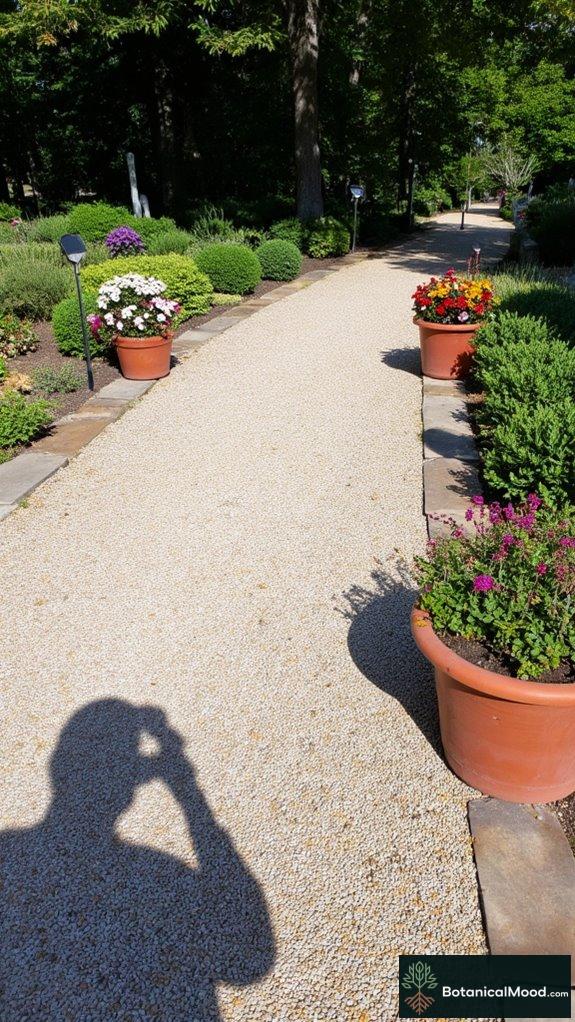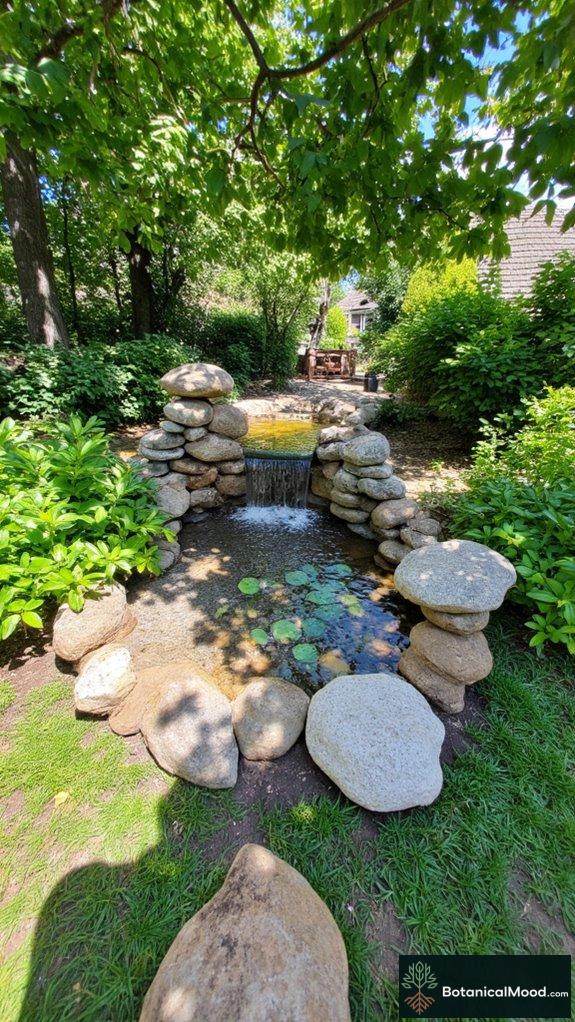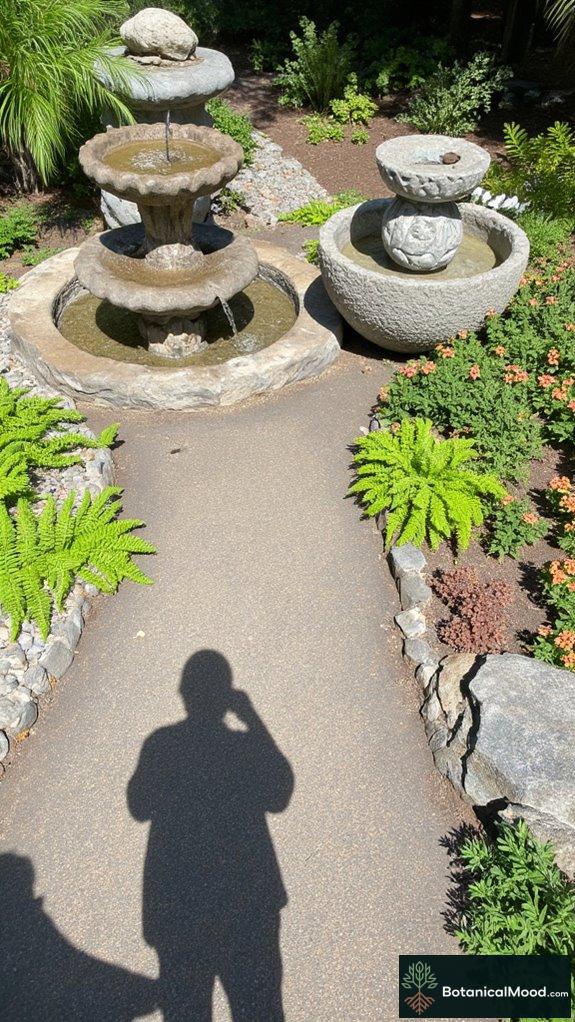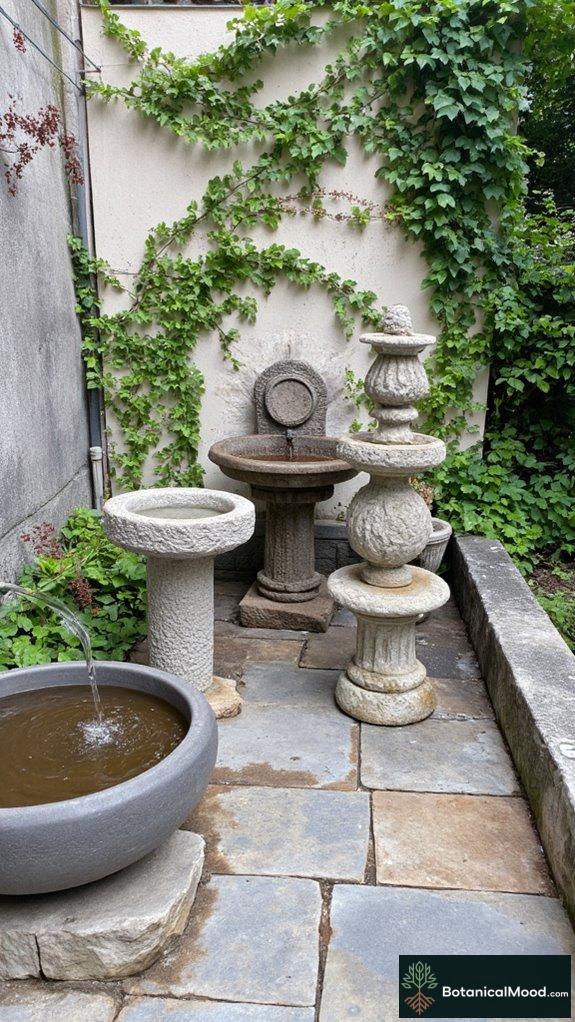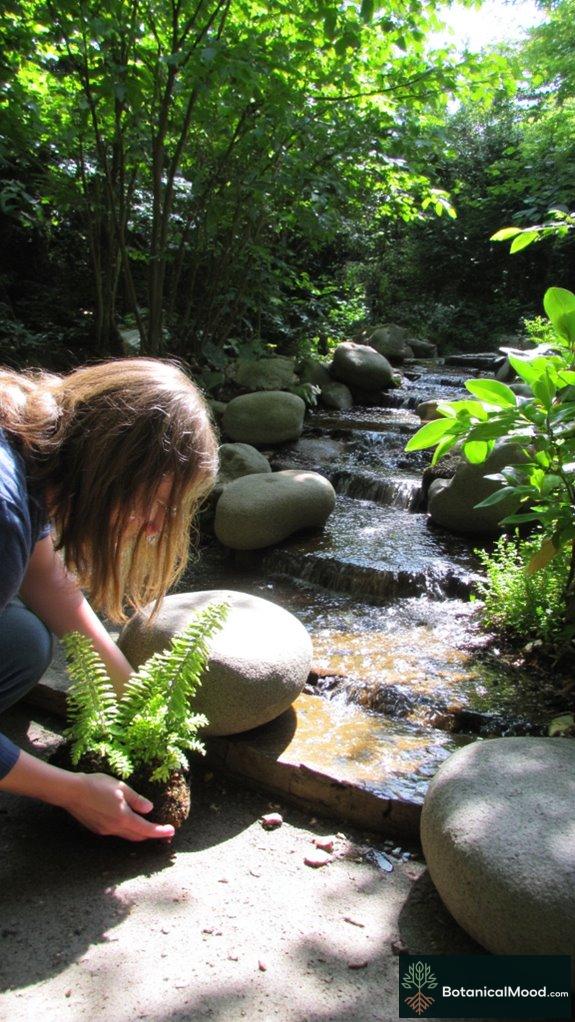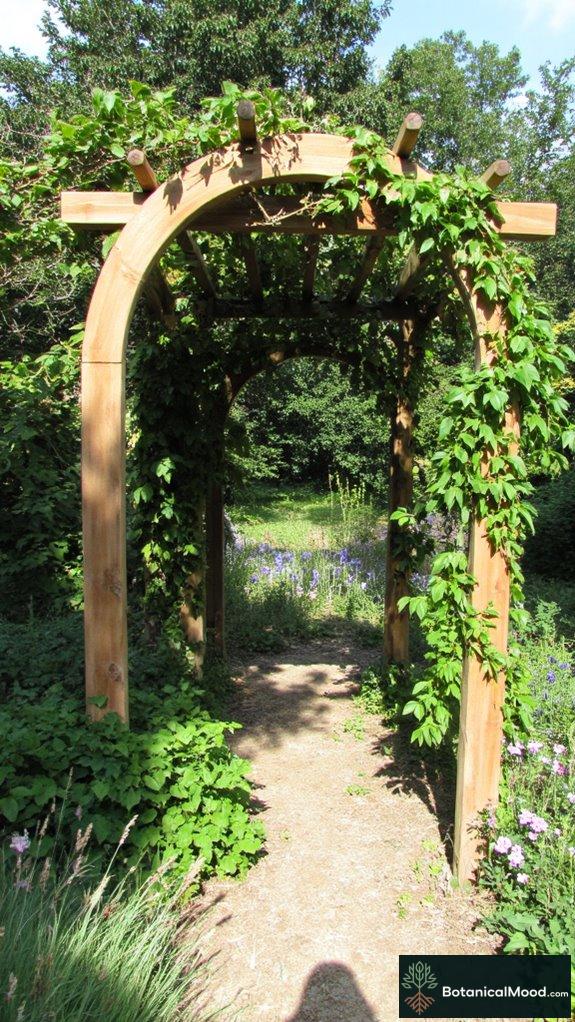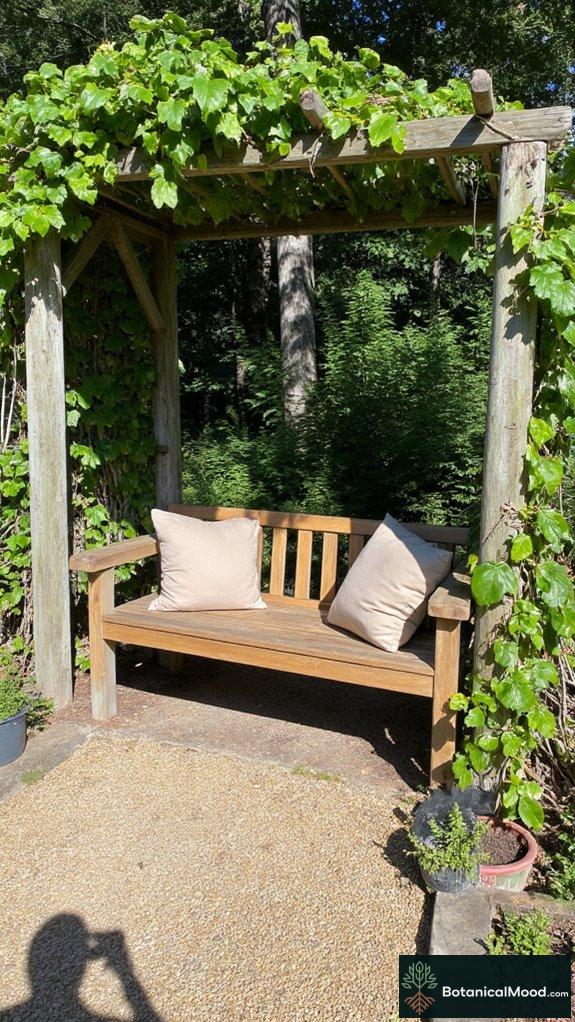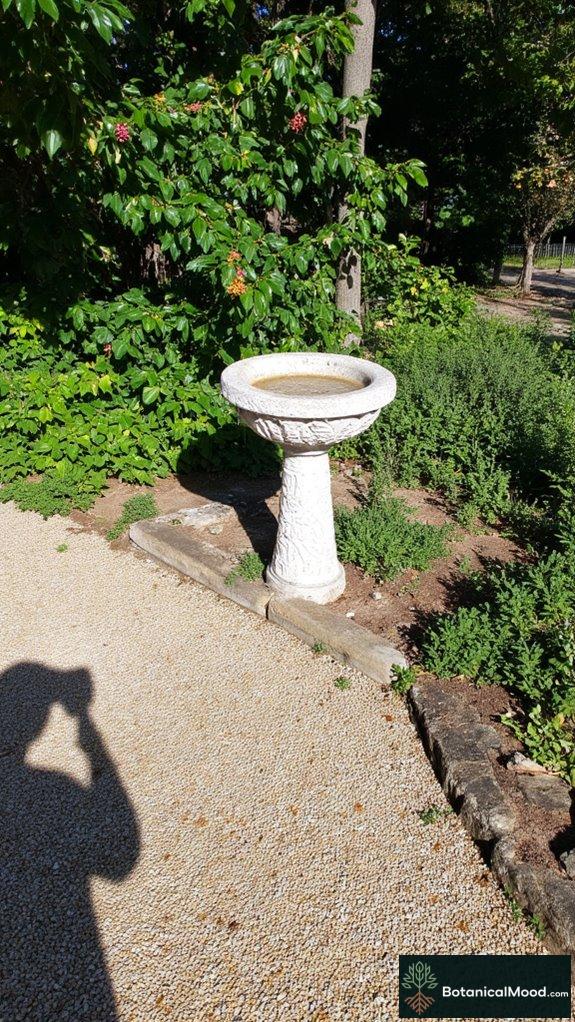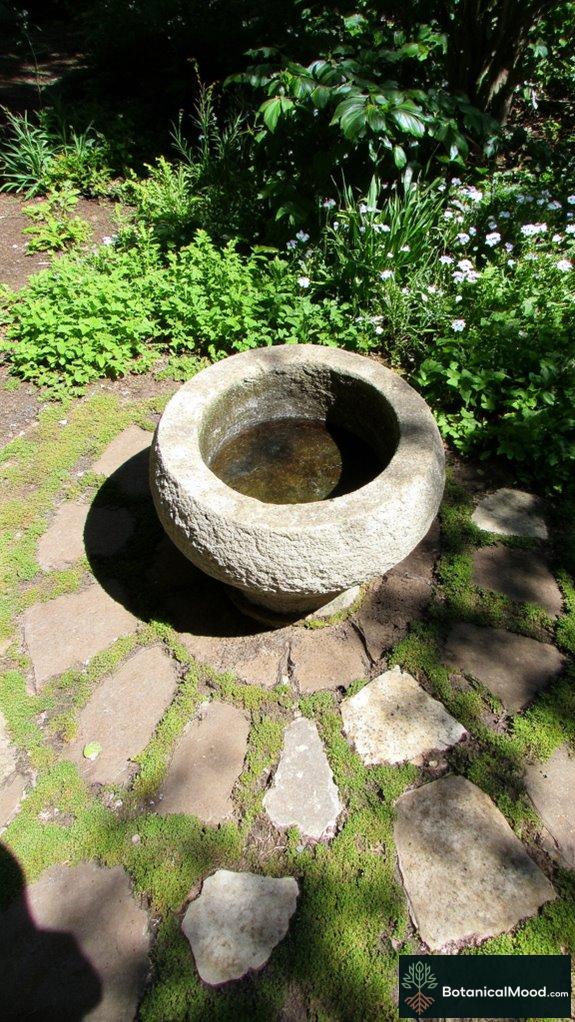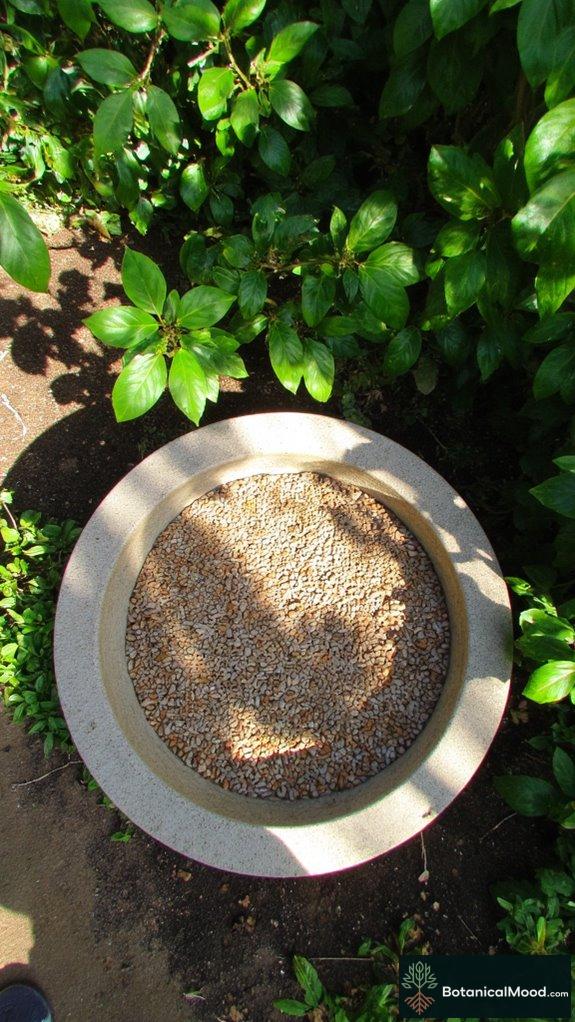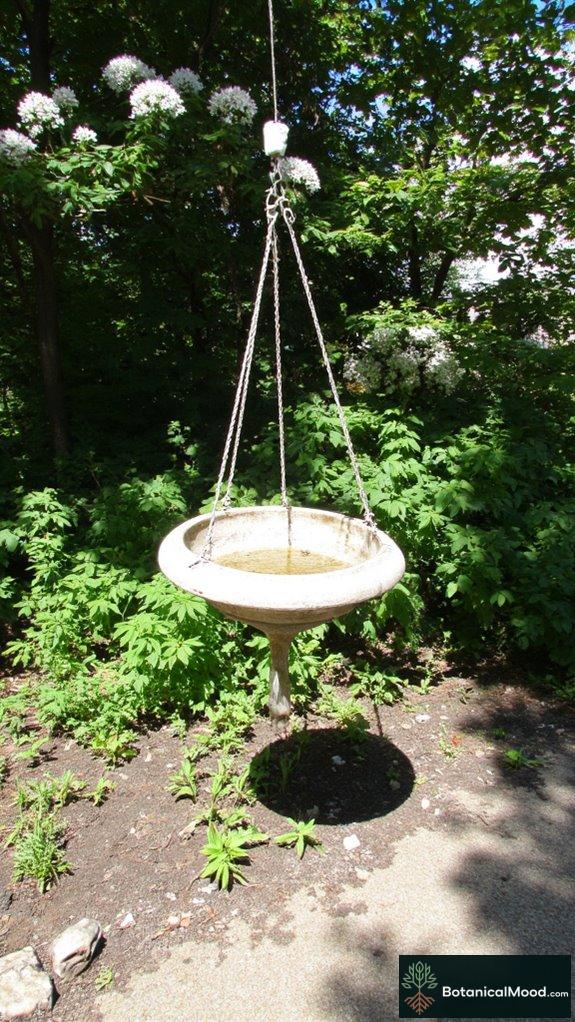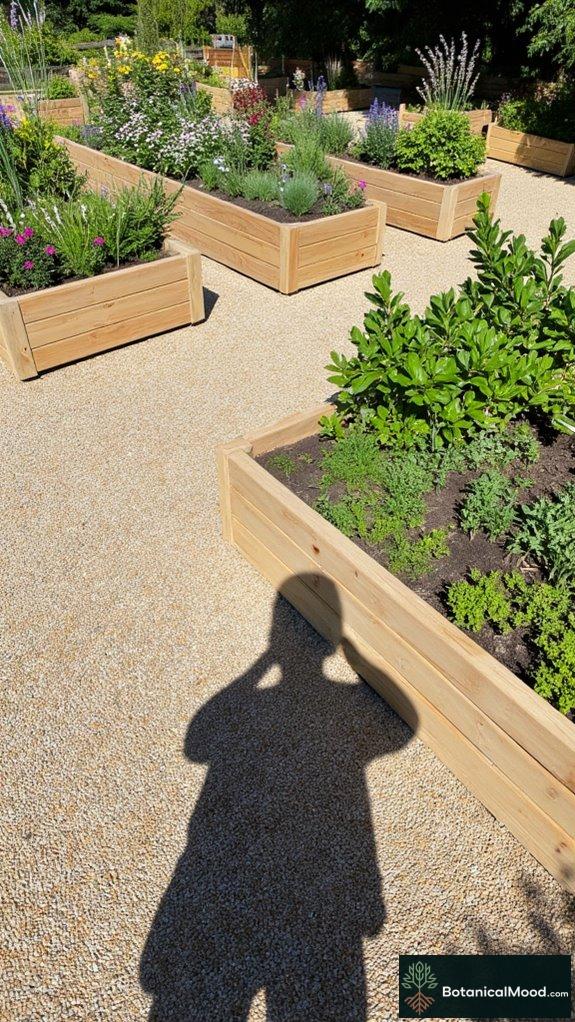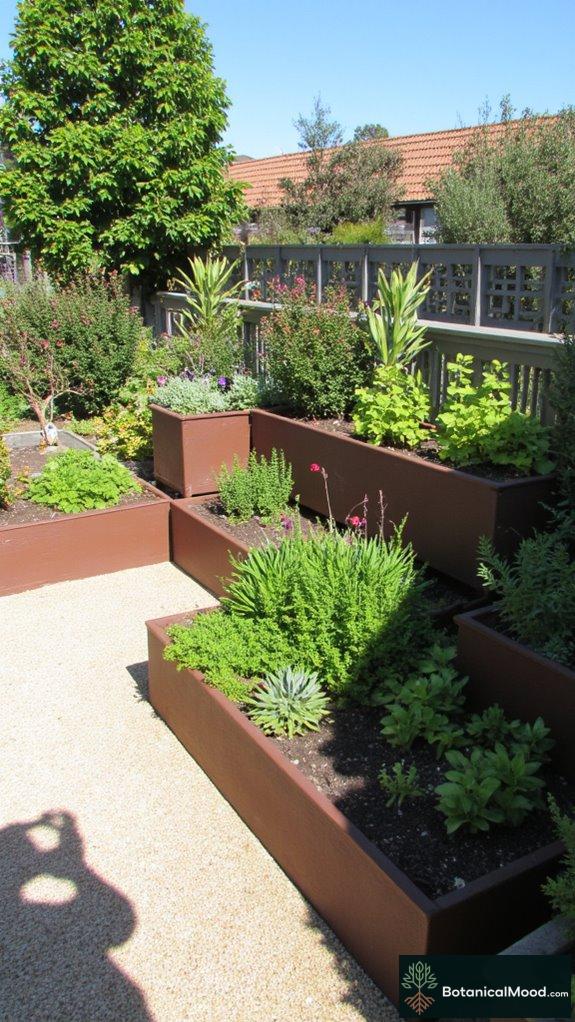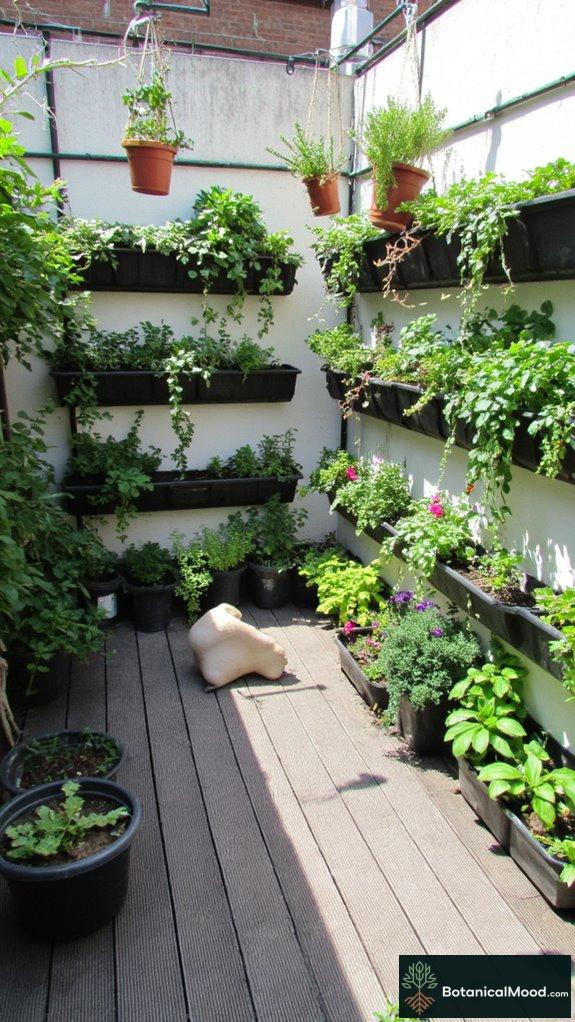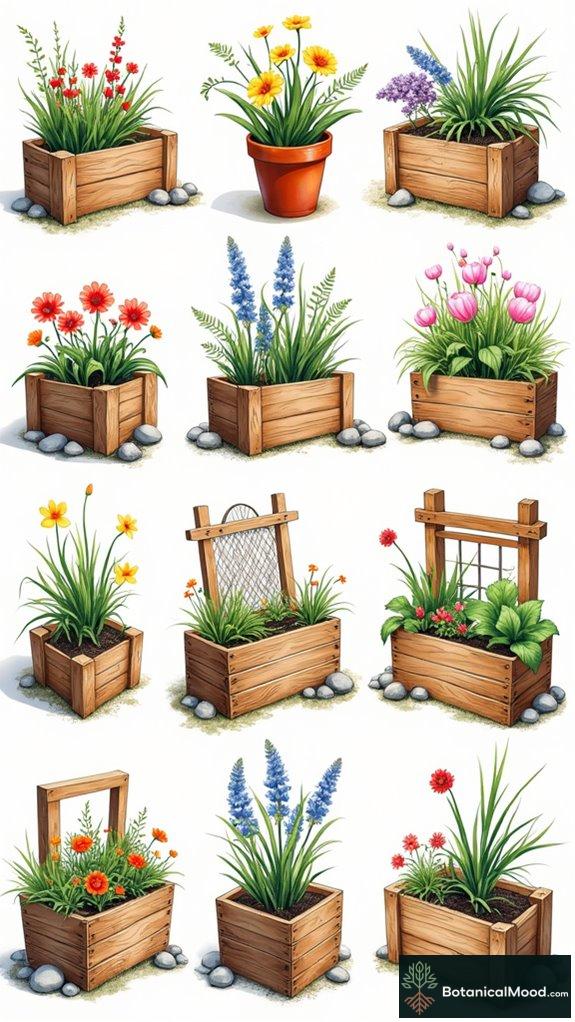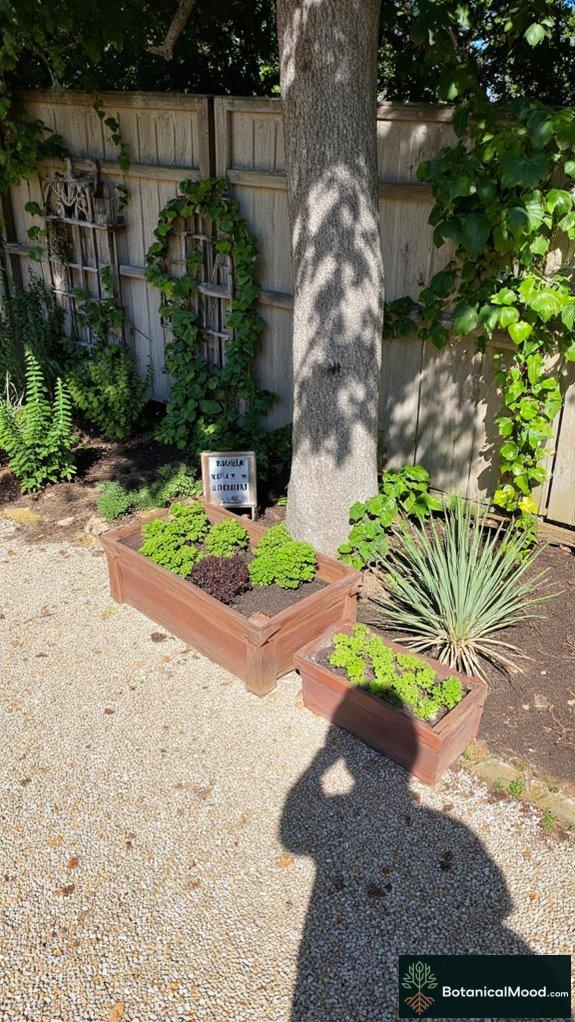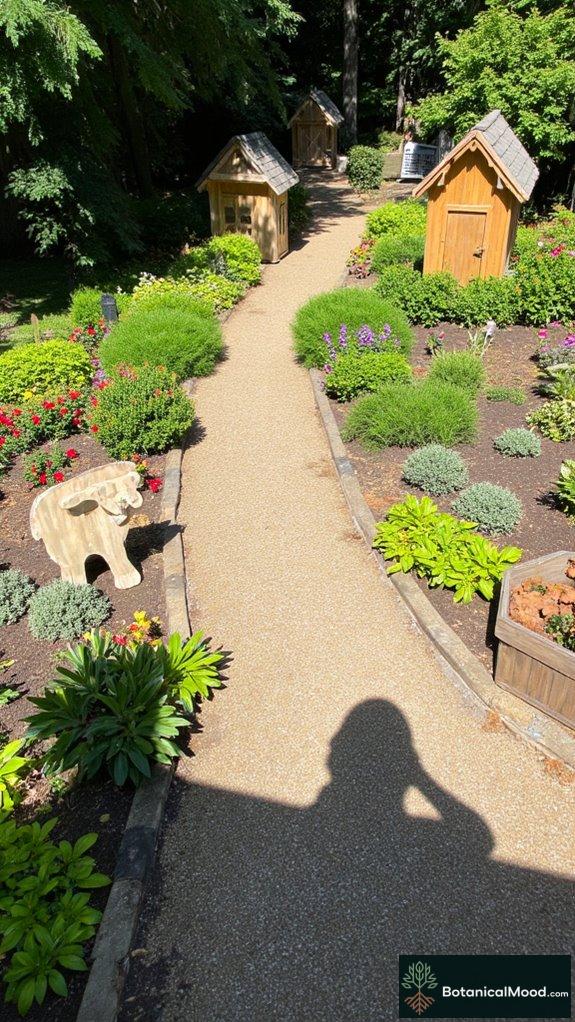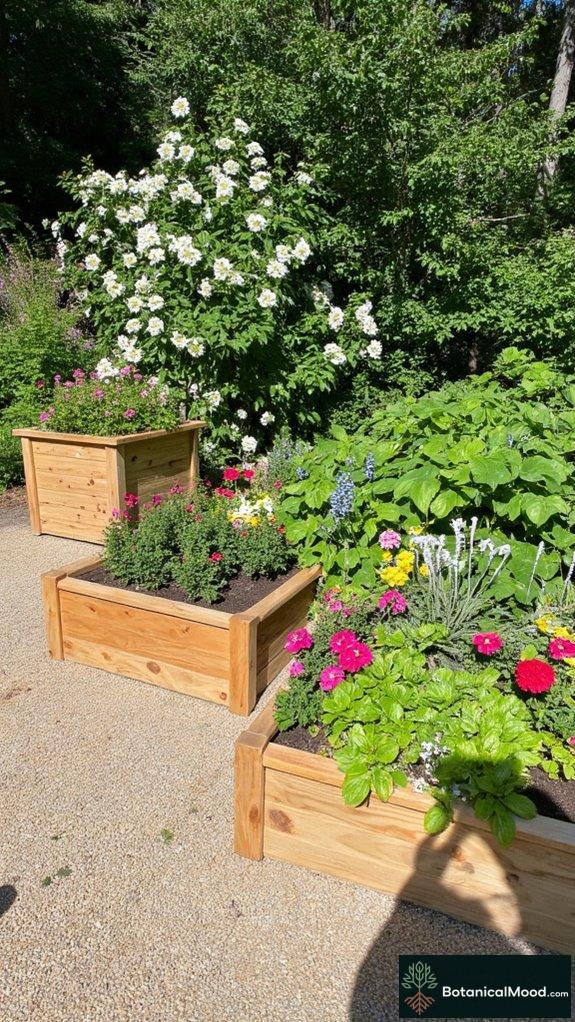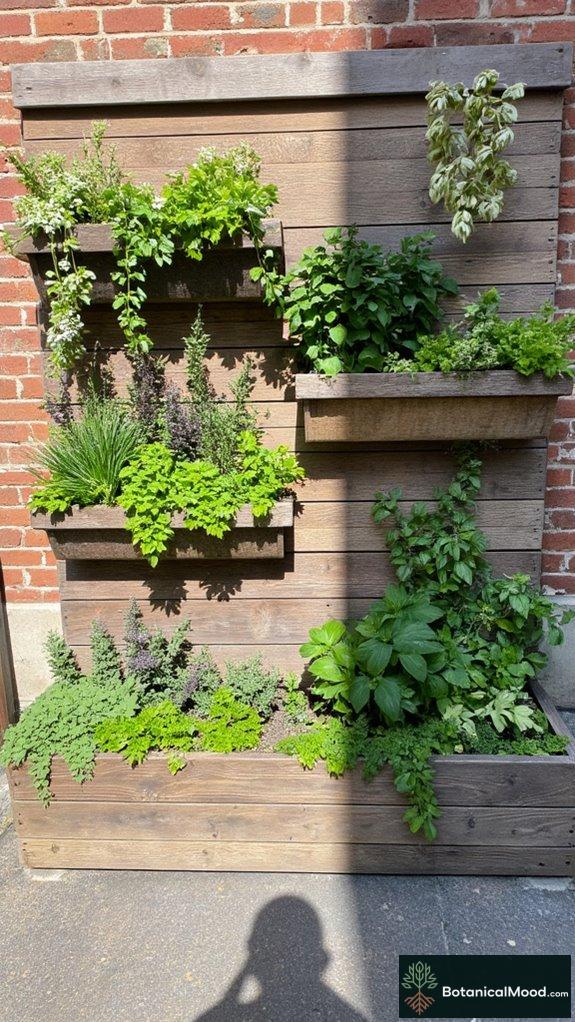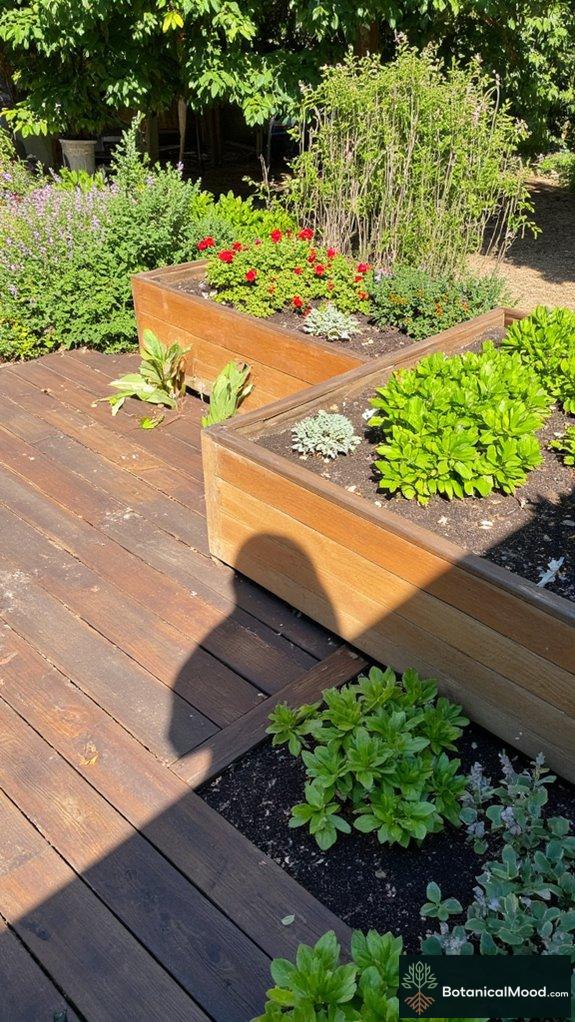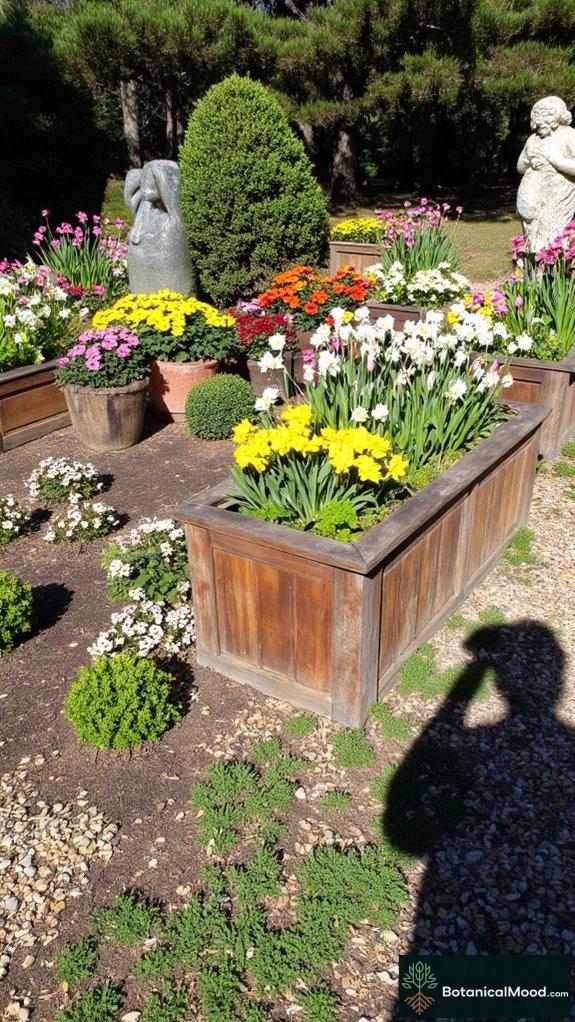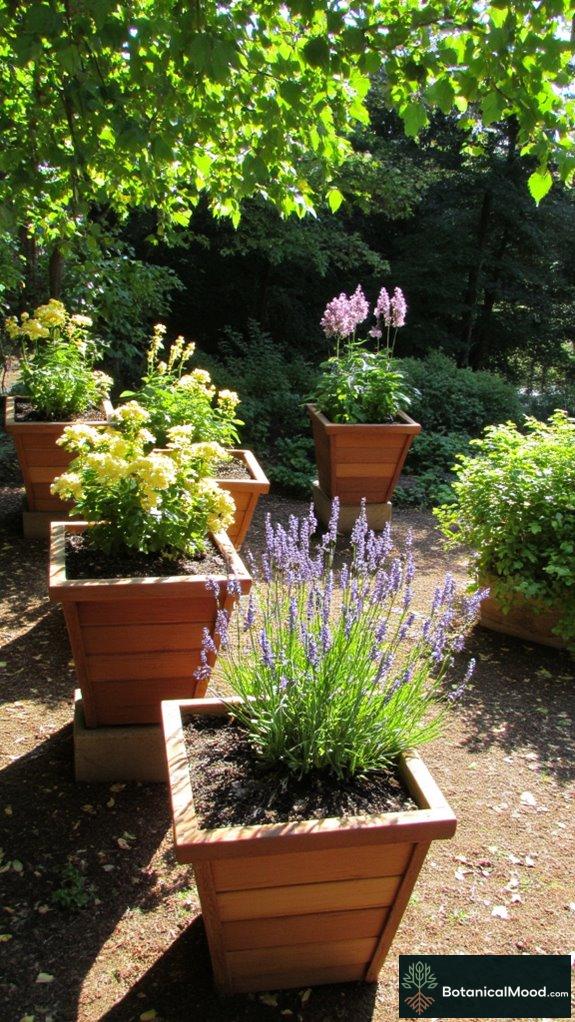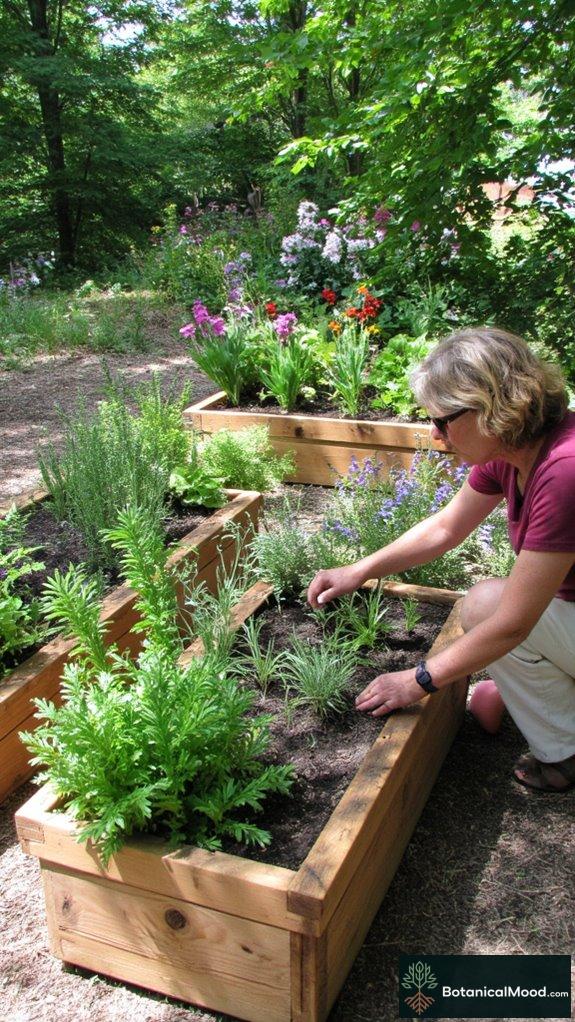Creating garden pathways is like playing with nature’s giant puzzle pieces, and trust me, I’ve made my fair share of miscalculations!
The last time I attempted a stone design, I accidentally ordered enough pebbles to cover a small moon. Who knew I’d end up with enough smooth stones for an airstream camper?
Combining rustic flagstones with reclaimed wood borders? Chef’s kiss!
It’s ironic how a little creativity can lead to a lot of chaos, but hey, it’s all part of the charm, right?
Plus, who doesn’t love a good eco-friendly paver from Nicolock or Cambridge Paving Stones?
Discovering the Magic of Garden Design
Last summer, while revamping my backyard, I stumbled upon a local stone supplier. Their passionate stories about each piece reminded me that garden design isn’t just about aesthetics; it’s about connection. I incorporated those ethically sourced stones into my path, each one telling a story rather than just laying there.
The vibrant mosaic tiles? A nod to my love for travel! This little journey has taught me that no garden is too small to inspire—whether it’s sustainability, art, or just plain fun. Plus, add in some whimsical lighting, and voilà! Your garden pathway becomes the perfect evening escape.
Embrace the creativity, but remember, every path has its bumps!
Quick Takeaways
- Combine smooth pebbles and rustic flagstones for inviting contrast in your garden pathway design.
- Use geometric patterns like herringbone or zigzag to create dynamic visuals that inspire exploration.
- Enhance pathways with evergreen borders and colorful flowering plants for year-round beauty and seasonal pops of color.
- Incorporate mosaic tiles and personalized stones to add unique character and reflect your individual style.
- Consider integrating decorative lighting to create enchanting ambiance and improve visibility during evening gatherings.
Material Combinations for Unique Pathways

When I envision a garden pathway, I often think about how the right combination of materials can create not just a functional route but also a stunning visual experience.
Envision combining smooth pebbles with rustic flagstones, interspersed with vibrant moss, creating an inviting contrast that beckons visitors to explore.
Incorporating reclaimed wood borders softens changes, while incorporating native stones can enhance local biodiversity.
A blend of materials, like decomposed granite and recycled bricks, not only serves the environment but adds character and warmth.
As I curate my own garden pathways, I’m reminded of how thoughtful design fosters connections with nature and nurtures our shared spaces. Additionally, the use of asymmetrical stone arrangements can provide sculptural design elements that elevate the overall aesthetic of the pathway.
Design Styles: From Rustic to Contemporary

Designing a garden pathway is as much about aesthetic appeal as it’s about functionality, and the style you choose can profoundly influence the overall feel of your outdoor space.
From rustic cobblestones that blend seamlessly with nature to sleek contemporary pavers offering a modern edge, each design speaks volumes. I often admire how natural stone pathways inspire a warm, inviting atmosphere, ideal for entertaining, while minimalist options can convey elegance and sophistication. Considering color palettes, textures, and surrounding flora brings harmony, creating serene changes. At Botanical Mood, I cherish how thoughtful designs elevate every garden, encouraging enjoyment for others in your outdoor haven. Incorporating elements like minimalist concrete water features can enhance the tranquil ambiance of your garden space.
Enhancing Pathways With Complementary Elements

Enhancing a garden pathway goes beyond mere stones and pavers; it involves a complex dance of complementary elements that elevate the entire scenery.
As I meticulously select finishing touches, I find joy in the harmony they create.
- Evergreen borders, providing year-round liveliness
- Decorative lighting that casts enchanting shadows at dusk
- Colorful flowering plants that offer seasonal bursts of beauty
These elements transform a simple walkway into an inviting journey. Incorporating decorative lighting not only improves visibility but also adds a magical ambiance to your garden.
I invite you to reflect on how these enhancements fuse function with aesthetics, crafting a space where each visitor feels welcomed and inspired.
It’s a passion I hope to share through my endeavors.
Construction Tips for Durable Stone Paths

While investing time in constructing durable stone pathways, I endeavor for a balance between functionality and aesthetics, ensuring that every step along the path offers a tactile experience.
To achieve lasting results, I always begin with a solid foundation, using crushed gravel or sand to provide stability. Selecting resilient stones, like bluestone or flagstone, enhances both durability and visual appeal. I carefully place each stone with proper spacing, allowing for water drainage and easy maintenance.
Regularly inspecting the path helps me identify any settling or wear, ensuring I uphold both beauty and resilience throughout the seasons, inspiring others to create similarly inviting gardens.
Creative Ideas for Personalizing Stone Pathways

Crafting a stone pathway doesn’t just serve its basic function; it’s an opportunity to infuse personal style into your garden.
By expressing your creativity, you can create a space that truly reflects who you are. Here are some ideas to get you started:
- Incorporate decorative stones with personal symbols or family initials.
- Add vibrant mosaic tiles interspersed for a splash of color and character.
- Use locally sourced stones to connect your pathway to the surrounding environment.
Personalizing your pathway brings warmth to your outdoor space, inviting friends and family to enjoy the visual harmony and thoughtful design that I’ve always aimed for with Botanical Mood.
Unique Patterns in Pathways

Unique patterns in pathways can transform a simple garden walk into a complex tapestry of design and function, creating a visual dialogue that invites exploration and reflects the unique personality of your outdoor area. Incorporating stone paving offers durability, timelessness, and beauty, making it an essential element in enhancing the aesthetics of your landscape.
| Pattern Type | Description | Ideal Use Case |
|---|---|---|
| Geometric Patterns | Zigzag or herringbone for dynamic visuals | Straight, structured paths |
| Circular Designs | Concentric rings for flowing aesthetics | Enhancing natural elements |
| Irregular Patterns | Varied shapes to foster rustic charm | Blending into native environments |
Incorporating these elements inspires serene outdoor experiences, encouraging mindfulness and connection with nature.
Pathway Layouts With Natural Stones

Creating an inviting pathway with natural stones not only enhances the aesthetics of your garden but also instills a sense of harmony within the surroundings.
- Embrace large flagstones for visual focal points and a touch of grandeur.
- Incorporate gaps filled with grass or ground cover to soften the hardscape and create a versatile design.
- Opt for meandering layouts that mimic natural scenery flows, framing beautiful garden features.
Rustic Pebble Mosaic Pathways

Rustic pebble mosaic pathways offer a charming and versatile approach to garden design, enveloping spaces in natural beauty while enhancing functionality.
I love selecting smooth, rounded pebbles for their vibrant colors, especially when they’re wet, revealing their true brilliance. Preparing a stable base of crushed rock guarantees these creations endure, fitting seamlessly into any garden.
With patterns ranging from concentric spirals to geometric shapes, each design tells a unique story. I find joy in crafting these textured pathways, which not only improve drainage and safety but also complement the organic elements of my surroundings.
They’re a wonderful way to serve the environment and enrich outdoor experiences.
Decoration With Garden Stone Pathways

When you’re looking to enhance the beauty of your garden, incorporating stone pathways can substantially elevate the overall aesthetic while providing functional benefits.
- Large flat stones seamlessly blend with lush greenery, creating a serene pathway.
- Arranging colorful, textured stones in a mosaic offers a mesmerizing visual treat.
- Integrating seasonal flowers along the path introduces dynamic color changes throughout the year.
Each step along your stone path serves both beauty and practicality, fostering a sense of harmony.
The thoughtful design enhances the outdoor experience, inviting others to appreciate nature’s artistry as they stroll through your curated sanctuary.
Meet the Garden Designer

The proud owner of this beautiful garden is the Smith family from Portland, Oregon. Inspired by their childhood memories of nature walks, they envisioned a tranquil space filled with lush plants and floral beauty.
To achieve their dream garden, the Smiths set out on a thorough design process that began with consulting professional resources such as the Certified Garden Design & Maintenance Professional (CGDMP) program. They conducted site analyses, gathered plant lists based on RHS horticulture principles, and worked with garden design software to create detailed plans.
Using design tools like CAD software and 3D modeling with Sketchup, the Smith family carefully crafted their garden. Incorporating quality products from brands like Miracle-Gro and local horticulturists, they made certain their garden flourished with sustainable practices and vibrant plant life.
Renowned Garden Designers and Brands

Creating a stunning garden can often be as much about the materials and products you choose as it is about the design itself. Renowned brands like Nicolock Paving Stones and Cambridge Paving Stones with ArmorTec® combine durability with aesthetic appeal, offering high-quality paving options like Alpine Ridge and ArmorTec® pavers.
| Brand | Key Feature | Popular Product |
|---|---|---|
| Nicolock | Eco-friendly permeable pavers | Alpine Ridge |
| Cambridge | ArmorTec® for longevity | Random Designs |
| MPG Stone | Natural stones for pathways | Lawn Stepping Stones |
These choices enhance your garden’s beauty while serving the environment.
Garden Design FAQ
How Do I Choose the Right Stone Material for My Garden Path?
I choose stone material based on durability, color, and texture that complements my garden’s style. I also consider how the stones feel underfoot and their maintenance needs to guarantee a welcoming path for everyone.
What Maintenance Do Stone Pathways Require Throughout the Seasons?
Stone pathways need regular weeding, occasional washing to prevent stains, and resealing every few years. Think of it like nurturing a friendship; a little care keeps it strong and beautiful for everyone to enjoy.
Can I Install a Stone Pathway by Myself?
Yes, you can install a stone pathway yourself! I found it rewarding to plan, gather materials, and lay stones. Just make sure to measure correctly and take your time for a great finish.
How Do I Prevent Weeds From Growing Between Stones?
To prevent weeds, I mix polymeric sand into the joints between stones. After sweeping it in, I wet the pathway lightly. This process creates a solid barrier, keeping weeds at bay, ensuring my pathway stays beautiful.
Are There Eco-Friendly Options for Pathway Construction?
I often choose recycled materials, like reclaimed bricks or permeable pavers, for pathways. They’re eco-friendly, support drainage, and reduce environmental impact, all while looking beautiful. It’s a simple way to create sustainable outdoor spaces.
Share Your Own Garden
I love adding a stone pathway to my garden because it not only looks good but also invites me to explore the space. Mixing materials and personal flair creates a unique path that reflects my style. Paying attention to details makes all the difference in design.
I’d love to hear about your experiences with garden pathways. What designs have you tried?
Feel free to share pictures of your garden and tell me how you crafted your design!
References
- https://onekindesign.com/garden-stone-pathway-ideas/
- https://www.diy.com/ideas–advice/outdoor–garden/garden-design–planning/garden-path-ideas
- https://therockgardensite.com/blog/natural-stone/stepping-stone-walkway-ideas/
- https://pithandvigor.com/2024/07/stepping-stone-paths-5-tips-to-make-them-perfect/
- https://artsyprettyplants.com/cheap-garden-path-ideas/
- https://federalperformancecontracting.com/creative-walkway-stone-paving-patterns-youll-love/
- https://fancyhouse-design.com/blog/creative-ways-to-design-modern-stone-pathways-for-your-garden/
- https://stonecenters.com/blog/stepping-stone-walkway-ideas-for-your-garden
- https://www.2thesunnyside.com/beautiful-garden-path-ideas/
- https://www.youtube.com/watch?v=65zUSdsxzwc


